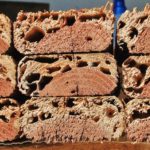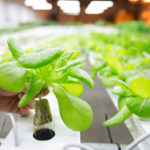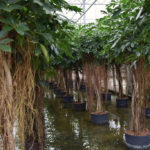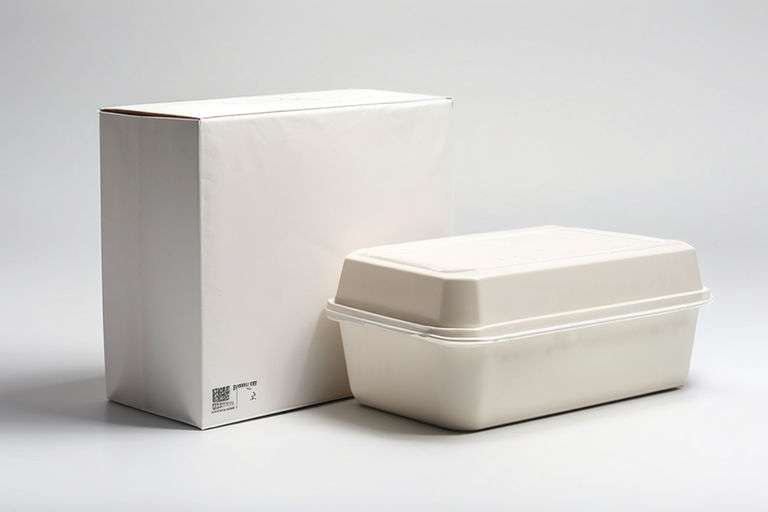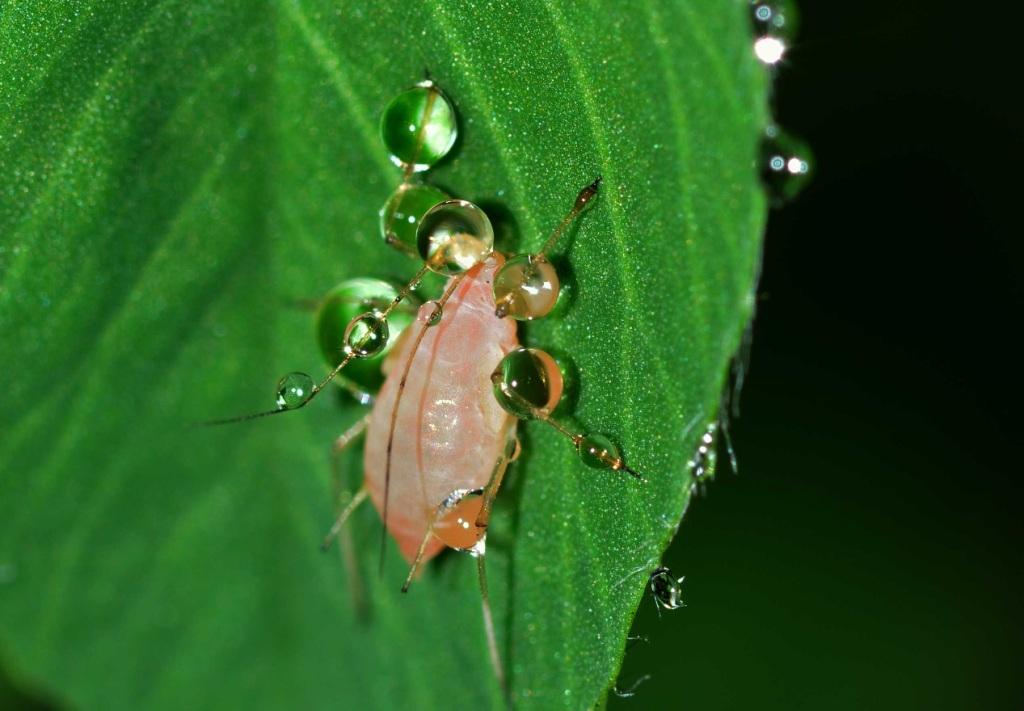
Hydroponic gardeners will understand best what things they need to consider for a beautiful garden; also, when I say this I specifically focus on how the hydroponic gardeners take care of all the necessary measures including water, nutrients and even the environment. With no mistake they grow plants, and the danger actually strikes when the plant is rather in its grown stage or still growing because that is when the diseases and pests hit the plant growth.
Further in this write up are the most common diseases and pests that hit the growth of the plant, along with the major hydroponic pest control measures that can be followed.
5 Common Indoor Plant Pests
That means being an expert at indoor plant pests’ identification.
• Spider Mites – these tiny little buggers (less than 1 mm long) are probably the most common (and most hated) of all indoor garden pests. They are actually little arachnids and because of their small size you may not notice them until they do serious damage to your plants. There are two reliable ways to spot an infestation: one, look for spider-like webbing. Two, take a tissue and wipe gently on the underside of leaves—if it comes back with streaks of Spider Mite blood—you know you have mites.
• Thrips – are also tiny (around 5 mm long). Though tough to identify, their damage is easy to see. Look for small metallic black specks on the top of leaves. This will often be accompanied by the leaves turning brown and dry (possibly with yellowish spots) because the thrips have sucked them dry.
• Aphids – also known as plant lice. They can be green, black or gray. No matter what color, they can weaken your plants because they suck the juice out of leaves and turn them yellow. You may find them anywhere on the plant, but they often gather around the stems.
• Whiteflies – are about 1 mm long and look like small, white moths. This makes them easy to spot, but they’re harder to kill because they fly away when disturbed to a new plant. They also suck your plants dry causing white spots and yellowing.
• Fungus Gnats – surprisingly, the adult fungus gnats are not harmful, but their larvae feed on roots and feeder roots, which can slow plant growth, invite bacterial infection—and if take to extreme—even plant death.
The Best Indoor Plant Pest Control Systems
a. Use Sticky Traps – When you hang these around the room, you can trap the pets and that makes it easy to identify them (and of course, it takes them out of the game). Blue stick cards are good for thrips. Yellow cards attract fungus gnats and whiteflies. Tip: make sure some cards are at the soil/medium level of your plants—where fungus gnats congregate.
b. Various Sprays – You want to avoid chemical poisons like Avid or Eagle. And we can’t vouch for the effectiveness of homemade sprays from household items like garlic, etc. But some growers have reported good results from organic “pesticide” interventions like Azamax. Another non-toxic way to protect your plants—before an infestation—is to use Rhino Skin—a foliar application potassium silicate product that basically puts a coat of armor on your plants (protecting against pests & diseases). As a bonus, it maximizes resin glands too.
c. Beneficial Predators – Some growers report success using beneficial predatory creatures like nematodes. Put these live predators into your medium and they can hunt down and kill the pests.
Taking care of your indoor plantations is extremely important to maintain the health and growth of the plants and eventually that of the garden. These indoor pest control measures are an effective way to maintain the growth of the plants.
To buy hydroponic pest control online in UK, log on to www.hyjo.co.uk. Do you have pest problems? Tell us about it in the comments below. Maybe the authors of this post will help you out. Share this post for the benefit of your friends.







